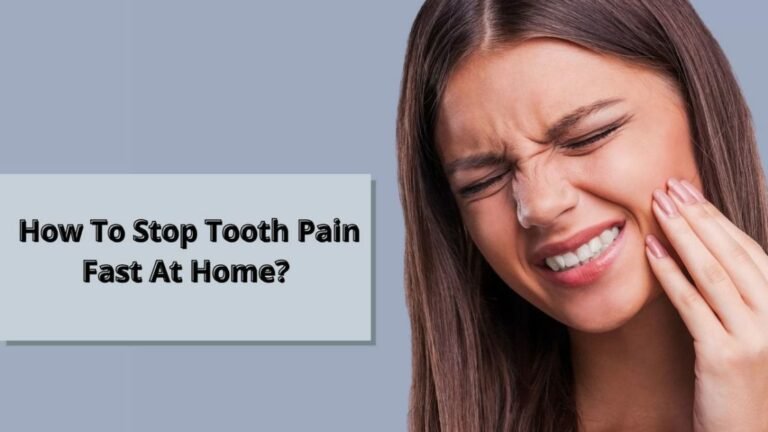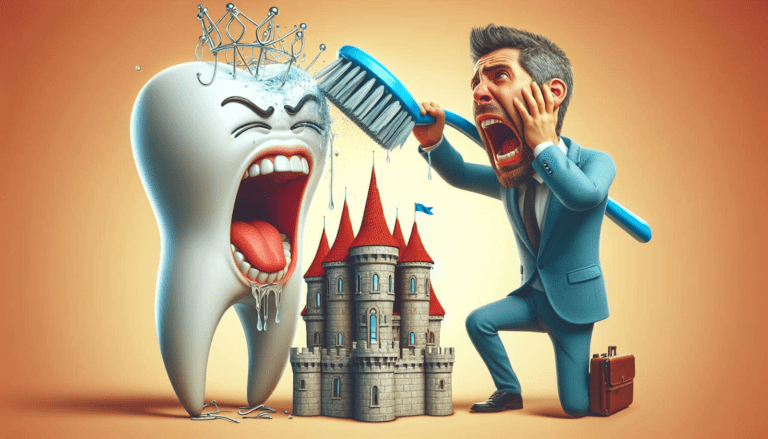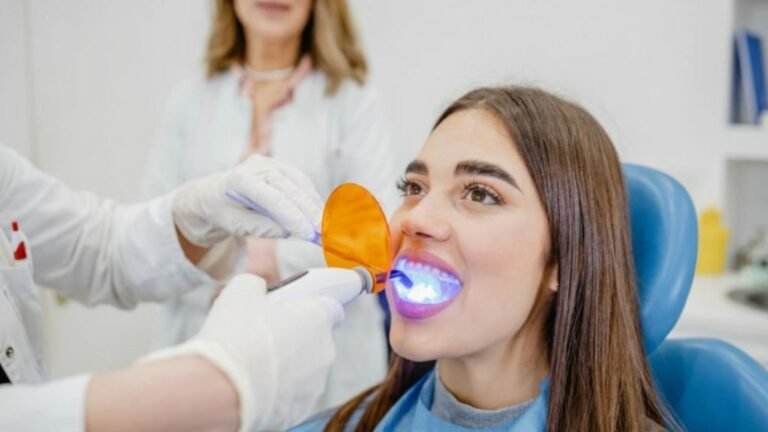Understanding the Link Between Toothache, Ear Pain, and Headaches: Exploring the Dental-Ear Connection

Toothaches are notorious for their ability to cause discomfort, but their effects can extend beyond the mouth. Many individuals experiencing tooth pain often find themselves also plagued by earaches and headaches. This interconnectedness between dental issues and ear and head discomfort raises an intriguing question: Can a toothache cause ear pain and headaches? Let’s delve into the intricacies of this phenomenon to understand the relationship between dental health and broader bodily sensations.
Understanding Toothaches:
A toothache typically occurs due to dental problems such as cavities, gum disease, tooth abscesses, or dental trauma. The pain can range from mild discomfort to debilitating agony, affecting various aspects of daily life. The primary cause of toothache is irritation or inflammation of the dental pulp, which contains nerves and blood vessels. When this sensitive inner portion of the tooth becomes inflamed or infected, it sends signals of pain to the brain.
The Dental-Ear Connection:
The connection between toothaches and ear pain lies in the complex network of nerves in the head and neck region. The trigeminal nerve, the largest cranial nerve, innervates both the teeth and the temporomandibular joint (TMJ), which connects the jawbone to the skull. Additionally, branches of the trigeminal nerve extend to the ears, playing a role in auditory sensation.
When dental problems arise, particularly those affecting the lower teeth or the TMJ, the trigeminal nerve can transmit pain signals not only to the teeth but also to adjacent areas, including the ears. This phenomenon is known as referred pain, where pain originating from one location is perceived in another part of the body. Thus, a toothache can manifest as ear pain due to the shared nerve pathways.
The Role of Inflammation:
Inflammation plays a pivotal role in both toothaches and ear pain. Dental conditions such as tooth decay or abscesses can lead to localized inflammation within the tooth and surrounding tissues. This inflammation can spread to nearby structures, including the jaw joint and the temporomandibular muscles, exacerbating pain and discomfort.
Furthermore, inflammation in the jaw joint can affect the function of the Eustachian tube, a narrow passage that connects the middle ear to the back of the throat. Dysfunction of the Eustachian tube can result in ear pressure, fullness, or pain, often accompanying dental issues.
TMJ Disorders and Headaches:
In addition to ear pain, dental problems, particularly those involving the TMJ, can contribute to headaches. The temporomandibular joint is located close to the skull’s base, and dysfunction in this joint can lead to muscle tension, jaw misalignment, and headaches. These headaches, often classified as tension-type or cervicogenic headaches, may radiate from the temples to the back of the head and neck, mimicking the symptoms of other types of headaches.
Moreover, individuals with TMJ disorders may exhibit bruxism, or teeth grinding and clenching, especially during sleep. Bruxism not only exacerbates dental issues but also contributes to muscle strain and headaches. The constant pressure and tension on the jaw muscles can trigger headaches that persist throughout the day.
Diagnosis and Treatment:
Given the interconnected nature of dental, ear, and head pain, a comprehensive evaluation by a healthcare professional is crucial for accurate diagnosis and treatment. Dentists, oral surgeons, or ear, nose, and throat (ENT) specialists may collaborate to identify the underlying cause of the symptoms.
Diagnostic tools such as dental X-rays, magnetic resonance imaging (MRI), or computed tomography (CT) scans may be utilized to assess dental and craniofacial structures. Additionally, a thorough examination of the teeth, gums, jaw joints, and ears can help pinpoint any abnormalities or sources of pain.
Treatment strategies for toothaches causing ear pain and headaches vary depending on the underlying condition. Dental issues such as cavities or gum disease may require interventions such as fillings, root canals, or periodontal therapy to address the source of infection or inflammation. Similarly, TMJ disorders may benefit from conservative measures such as oral appliances, physical therapy, or stress management techniques to alleviate symptoms and improve jaw function.
Preventive Measures:
Prevention remains the cornerstone of maintaining oral and overall health. Practicing good oral hygiene habits, including regular brushing, flossing, and dental check-ups, can help prevent tooth decay and gum disease. Moreover, avoiding excessive stress and adopting relaxation techniques can reduce jaw tension and bruxism-related headaches.
Additionally, individuals prone to ear pain or headaches associated with dental issues should be vigilant about seeking prompt dental care at the onset of symptoms. Early intervention can prevent the progression of dental problems and mitigate associated ear and head discomfort.
Conclusion:
In conclusion, the relationship between toothaches, ear pain, and headaches underscores the intricate connections within the head and neck region. A toothache can indeed cause ear pain and headaches due to shared nerve pathways, inflammation, and dysfunction of the temporomandibular joint. Understanding this dental-ear-headache connection is essential for accurate diagnosis and targeted treatment strategies. By addressing dental issues promptly and adopting preventive measures, individuals can alleviate discomfort and promote optimal oral and overall health.
David Lamelas
David Lamelas is a board–certified Neurologist with a passion for helping his patients live their best lives. He is a top–rated doctor who graduated summa cum laude from the University of Pennsylvania School of Medicine and went on to complete his residency at Harvard Medical School. He has experience in treating a wide range of neurological conditions including stroke, multiple sclerosis, and epilepsy. He also specializes in noninvasive treatments such as Botox injections, nerve blocks, and physical therapy. He is highly respected in his field and has been featured in numerous publications including the New England Journal of Medicine and The David Lamelas has a strong commitment to providing quality care to his patients and works tirelessly to ensure they receive the best treatment possible. He has a kind, compassionate, and knowledgeable bedside manner that has made him a favorite among his patients.
View All By David






